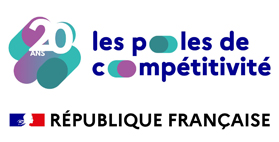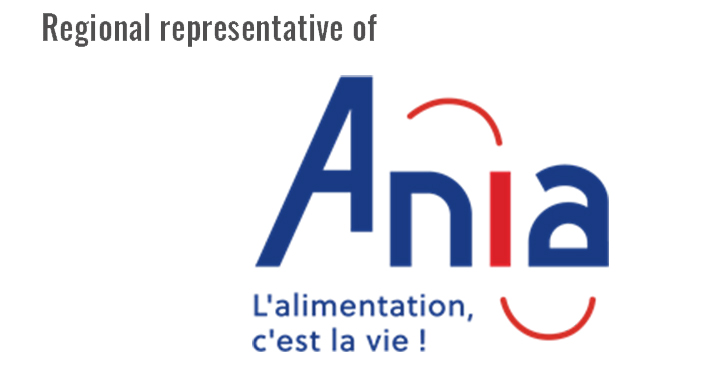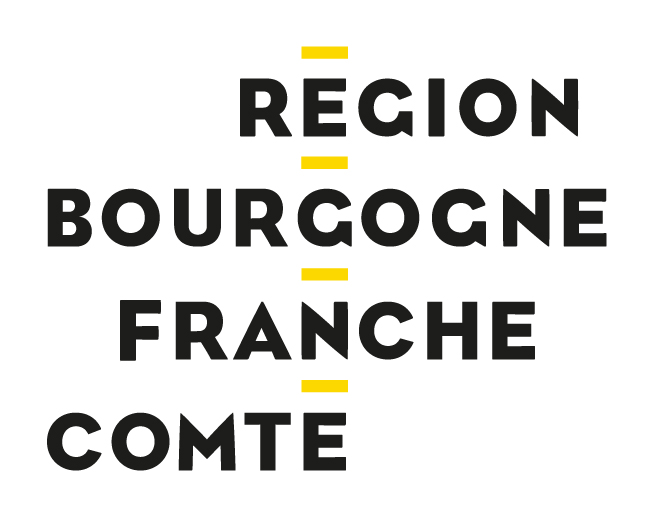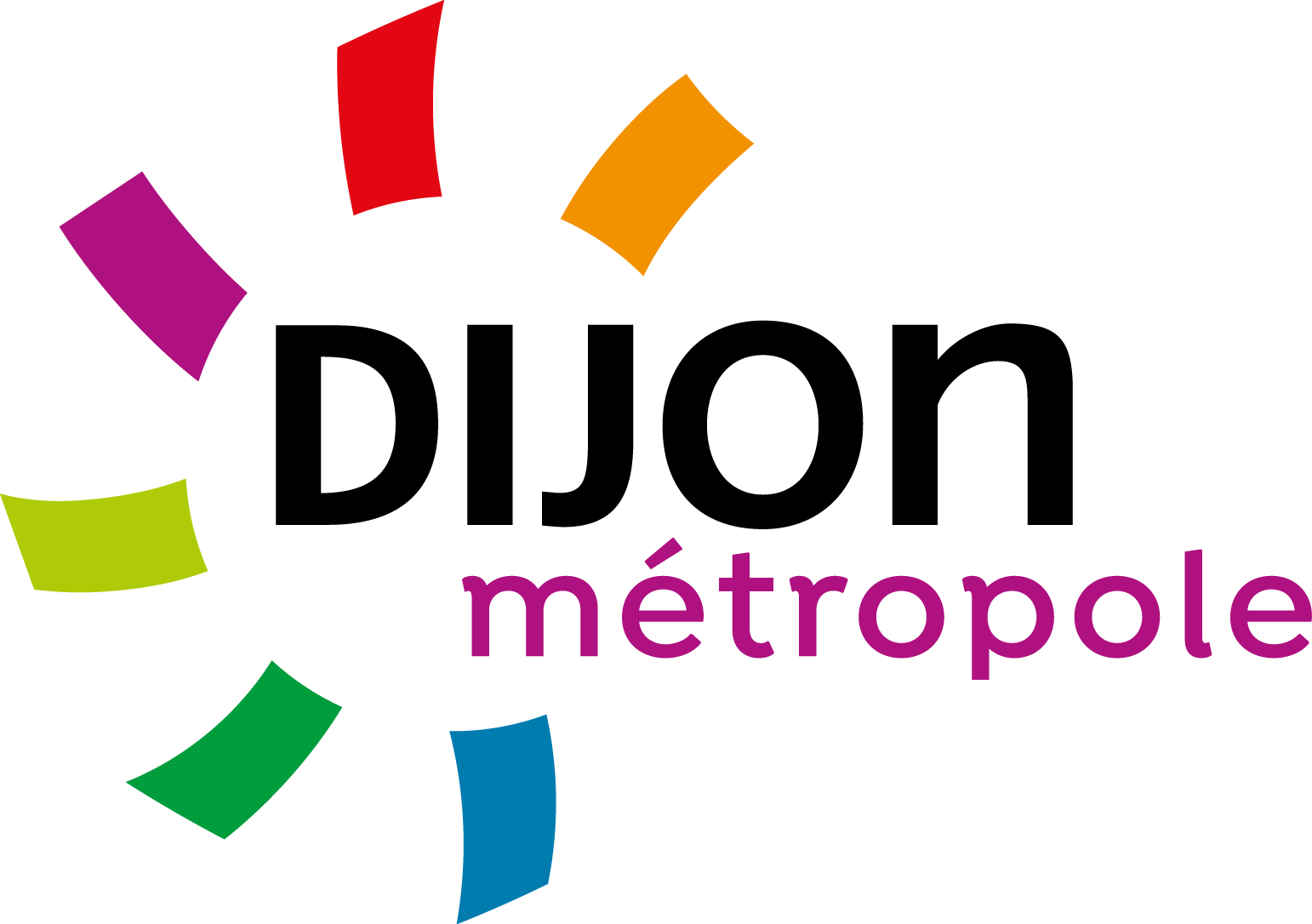19 October 2021 / Close-up on food trends / Vitagora publication / Markets and trends
Sugar Baby Love! Trends and opportunities in the sugar aisle
Sugar baby love
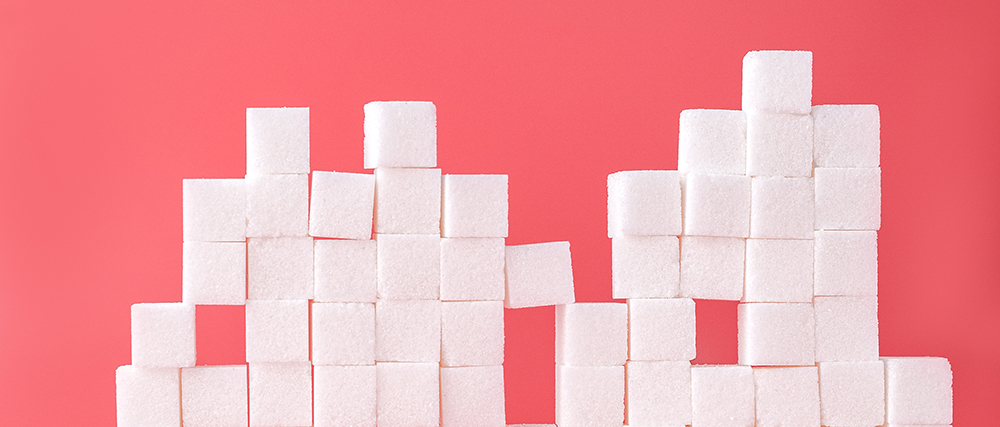
Table sugar, brioches, children's snacks, fruit purées, jams and spreads, candy and chocolate etc. Sugar is an essential ingredient in the diets of French consumers. The subject of criticism, while consumption remains high: what do we know about habits of French consumers regarding sugar? What are their perceptions? And what development opportunities are there for your brands in the sugar aisle? Find out more...
Overview of sugar consumption in France
Less frequently purchased, and in smaller quantities: the table sugar market seems to be in a downward turn. In 2018, sales of sugars and sweeteners retracted by 2.2% in France (while remaining at the healthy figure of 326 million euros), and the volume of sales decreased by 3.5% (202,000 tonnes) (source: LSA).
Should we conclude that the French are turning down sweet treats? According to the website sucre-info.com (run by the industry organisation Cultures Sucre), French consumers are still eating on average 95g/day in total of sugar - an intake within the limits of national diet recommendations of no more than 100g/day for an adult (not including mlk "sugars" lactose and galactose) (source ANSES).
In order to analyse the changes and trends to the sugar market with more accuracy, two points need to be taken into account:
- The difference between total sugar intake and the intake of saccharose (or "table sugar")
- The variety of segments making up the sugar market... and different ways they are evolving.
Differenciating between total sugar intake and saccharose intake
Within the 95g/day of sugar consumed by the average French person, 53g are free sugars (source: Cultures Sucre), and the rest is made up of sugars naturally present in fruits, vegetables and dairy products (glucose, fructose, lactose, galactose, etc.).
According to INRAE, the main sources of free sugars are:
- Sweet products (61-68% of free sugars come from the following, highest first: cakes and pastries, sugar, honey, jams and jellies, sweet spreads, candy, chocolate, biscuits, dairy desserts, sweet bakery goods (viennoiseries).
- Beverages (15-27% of free sugars are in sodas and fruit juices)
- To a lesser degree, dairy products (6-7% of free sugars are from sweetened/flavoured yoghurts and flavoured milk)
(source: INRAE).
While the market in powdered sugar (saccharose) and sweeteners is contracting, the sweets aisles of the supermarket are still undergoing an expansion (+1.3% in sales in 2018 to reach 16.8 billion Euros). This growth is driven by:
- Breakfast products: +3.2% (5.3 billion euros in 2018)
- Industrial cakes and biscuits: +3.1% (2.4 billion euros in 2018)
- Industrial bread products: +1.5% (691 million euros in 2018)
(source: LSA).
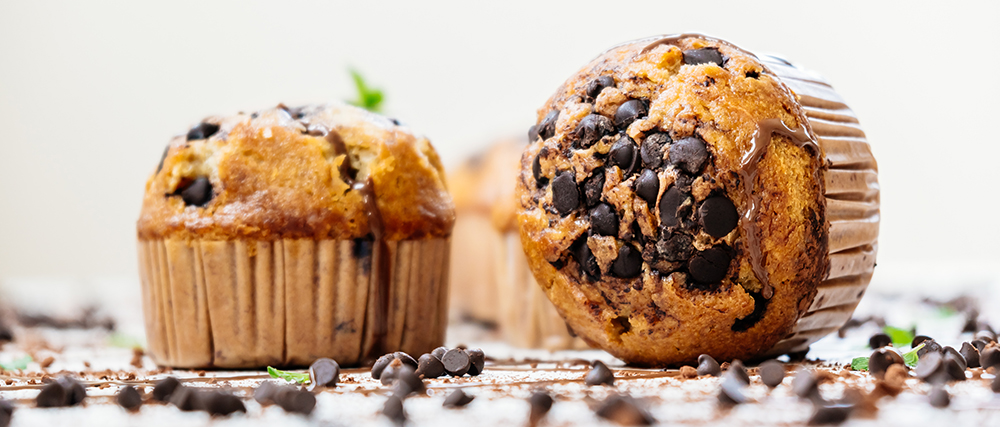
It is also worth noting that, according to Grain de Sucre n° 45 (the magazine published by French industry association Cultures Sucre), the proportion of sugar directly consumed in the home VS sugars indirectly consumed via other foods has changed considerably in the last 50 years. In 1970, sugar consumed directly in the home represented the majority of the sugar intake in France (60% of the total). In 2017, this had decreased to only 11%: sugar consumed indirectly (restaurants, processed foods etc.) reached 89% of the total sugar consumption in France. The French are far from suppressing their sweet tooth...
What is "free sugar"?
Free sugars covers all monosaccharides (simple sugars) and disaccharides (sugars composed of two monosaccharides). It includes refined sugars, made from sugarcane, beets or corn, that are added to foods by the manufacturer, the cook or the consumer, including sugars of these types naturally present in honey, syrups and fruit juices.
What segments make up the sugar market... and how are they changing?
Within the sugar market, we can observe diverging trends. At the end of 2018, Magalie Muraz, B2C marketing and development director for Beghin-Say, explained to the magazine LSA "the sugar reduction movement, that emerged 10 years ago, is in part compensated by the transfer of consumption towards special sugars." While the consumption of regular free sugars is indeed declining (powdered or cubed sugar sales went down by 10% in 2018 according to Linéraires magazine, with a continued fall in 2019), the special sugars trend in on the rise: sales of cane sugars, culinary sugars, organic sugars, flavoured sugars or natural sweeteners (stevia, agave etc.) rose by 2.7% (source: Nielsen – LSA).
Perception of sugar: a paradox
To get a better understanding of these opposing growth trends, it is necessary to take a closer look at what motivates French consumers. What is their perception of sugar and sweetened products? What are their expectations?
Pleasure before all
For 92% of French consumers, sugar is associated with notions of pleasure, taste and tradition. 85% of French consumers even consider sugar to be "good for the mood". In addition, 64% are used to "keeping room for dessert" to make the most of a sweet dish at the end of the meal, and 59% declare that they regularly cook cakes (source: Cultures Sucre).
Sugar, a staple ingredient
Sugar is also perceived as a staple ingredient, on the same level as flour or eggs, for 80% of consumers (source: CEDUS): a traditional or authentic food with pride of place in the kitchen.
A healthy, natural and energy-rich ingredient
In parallel, sugar is considered as part of a balanced diet by 74% of French people. Most consumers (88%) regard sugar as "a necesary source of energy during physical exercise". And 78% of the survey respondants considered sugar as a natural product (source: Cultures Sucre). In fact, the industry organisation, Cultures Sucre, recently changed its name in an attempt to highlight the link to sugar as an agricultural product and thus increase its acceptibility for consumers (source: LSA)
To be avoided all the same?
In spite of these positive declarations, the perception of sugar is paradoxical: alongside the associations of taste, pleasure, tradition and naturalness, are those of weight gain, and ultraprocessed foods.
In June 2018, the creating of a "sugar tax" by the French government aimed to offer a double response to this problem: limit the addition of sugar in processed foods (in particular sweetened beverages) in order to act on the obesity epidemic. In a few weeks, the proportion of sugar in sodas sold in France fell by 30-70%, according to the brand, as claimed by Olivier Véran, an elected representative of the LREM, the current majority party in France (you can read his blog - in French).
In 2019, the latest study by Anses (the French national food safely agency) included a new alert on the excessive consumption of sugar by children and adults, highlighting sugar added to manufactured products as a solution to enhancing flavour.
And indeed, for consumers, a major fault of sugar is its much-derided presence in processed food products. While food manufacturers may be increasingly looking at ways to curb their use of sugar, consumer perception remains entrenched and sugar suffers from an image of over-processing - quite the opposite of natural and authentic!
Two perceptions of sugar are thus in opposition in the minds of consumers:
- On the one hand, table sugar, with a traditional image of delicious home cooking, associated with recipes o fhome-cooked cakes, of sugar added to coffee, or of high-quality desserts eaten on special occasions
- On the other hand, you have added sugar, with a dual context: health (worldwide increase in obesity and diabetes) and media (distrust of the food industry), making sugar an unnecessary ingredient, to be avoided.
These perceptions seem in contradiction to market figures since, as seen above, the market of table sugar in decreasing, despite its positive image, and that of sweetened products is growing, despite its negative image.
Is it possible to reconcile these two perceptions? Can we satisfay consumers' sweet tooth while creating a positive image for your products and brands?
Development opportunities...
For table sugar
More natural
Overall, the market of sweeteners in indeed in decline, falling from 454 million euros in 2013 to below 327 million euros in 2018 (source: LSA). Consumers add less sugar... but also to use "better" sugar: organic, cane sugar, stevia, coconut sugar etc. were the only sugars to see in increase in sales for this period. Organic sugar sales increased by 31%, reaching 13 million euros in 2018. In October 2018, Béghin-Say launched an organic golden cane sugar under their brand Blonvilliers, and in 2019 launched a haslenut-flavoured sugar (also in a smaller package, see below). For the company Saint-Louis, cane sugar is available in two formats: a pourable bottle for its organic version, or in hexagon-shaped "cubes" that add a modern playfulness to sugar cubes. Pure Via (Merisant group, owner of the Canderel brand) sells an on-trend sweetener with its organic coconut flower sugar (the powdered sap of coconut palm flowers).
Improved ease of use,
Another area of development for table sugar is ease of use, both in container format and grain size. Half-size sugar cubes (by the Daddy brand) or "breakable" cubes (Béghin-Say) launched in 2018 allow users to better dose the sugar to add to their hot beverages. Saint-Louis seeks to reconcile practicality and naturalness with half-size cubes of cane sugar. Another example in terms of ease of use is confectionner's sugar in sachets of 110g by Daddy, a smaller option to the traditional packaging sizes. Concerning grain size, the sugar aisle is diversifying in response to the booming interest in home baking: you can now find very fine grain sugars ("Velours" by Beghin-Say) for rapid dissolving in desserts, or large crystal sizes for jams. Another area of study is of course packaging, such as Daddy's organic sugar now available in a paper package (source: LSA), or various claims of recycled or recyclable materials used in plastic sachets. More on this topic below.
Reduced portion size
Answering the call of consumers to reduce their sugar intake, several brands are developing reduced portion sizes of their tradition sugars. For example, Daddy launched in 2016 two products with innovative formats: 2g cubes and "minisachets" of 3g.
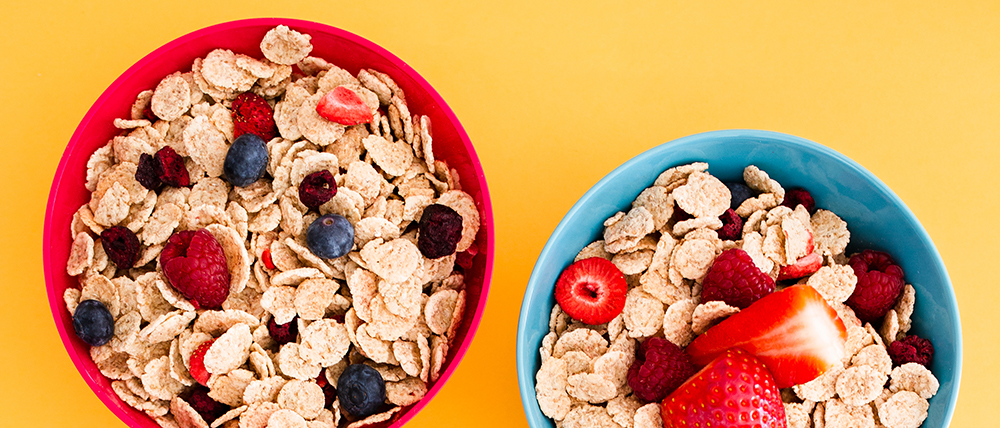
For sweetened processed products
Time to go Clean Label
"French consumers are among the most difficult to satisfy," declared the headline in Les Echos newspaper in February 2019 (read the article here - in French). 5 million French people are users of the mobile app Yuka, used for scanning supermarket products and accessing information on their nutritional quality. In parallel, according to Rémy Oudghiri (Sociovision), half of consumers read the labels of food products. Distrustful and demanding, sometimes obsessed with risks that food poses to their health, but also aware of the impact of their diet on their health, French consumers are seeking simplicity and authenticity. Xavier Terlet, explains to Les Echos that "the more a product is processed, the less a consumer wants it. The fewer ingredients the better? We are starting to see products that highlight the fact that they have only 3 ingredients. Nearly 80% of the French prefer natural products and simple recipes because they taste better." Developing "clean label" recipes, i.e. with as few ingredients as possible and above all no "unnecessary" ingredients or additives, represents a burgeoning opportunity for the market of sweet foods.
Already, you will see the following examples on the shelves in France:
- In the candy aisle, clean label and plant-based/vegan:
"Not Guilty" candy by Solinest, launched in September 2018, are all organic, vegetarian, no artificial flavours or colours, and gelatine-free. This formulation is very much in phase with consumer demands, as an alternative to traditional candies. Organic, gelatine-free, artificial flavour and colour free versions are also available for Krema (Carambar&Co).
- Fruit purées are now pesticide free. In 2019, Andros launched a new grand of fruit purées aimed at children: Kidifruits, proclaiming to be free of pesticude residus, no added sugar, no preservatives or artificial colours and flavours. While there are many examples in the fruit and veg aisle, there are as yet relatives few examples among sweet products - one to note is the range of "pesticide-residue free" jams by Andros.
- In the snack aisle, ingredient lists have been scoured, with new flour options and improved sources of fat used in the recipes: Princes de Lu (Mondelez), since 2007, has improved their nutritional profile (removing hydrogenated fats, lowering saturated fats by 45% and using wholewheat flour).
A sweet tooth, yes... but in small doses
Making consumers put aside their guilty feelings while preserving all the pleasure of sweet foods: we are currently seeing a number of products reducing their sugar content while maintaing taste.
- Syrups and concentrates: Teisseire has rejigged its offer with "Fraicheur de Fruits", a range resulting from the reworking of their ingredients and proportions. These concentrates contain 85% fruit (compared to 10-35% for traditional concentrates). The result is a significantly reduced sugar content. For example, a glass of their grenadine syrup contains 45% less sugar than a traditional syrup.
- Cereals and biscuits go on a diet: in November 2018, the brand TooGood claimed to have the lowest sugar content of the whole biscuit aisle, and Kellog's recently launched a range of no added sugar mueslis, faced with the multiplying launches of added sugar-free competitors.
- The candy aisle does not escape unscathed: 30% less sugar for Haribo candy in 2018, and up to 40-50% less sugar for Lutti according to the product.
- Spreads: the Italian company Rigoni di Asiago has launched a hazelnut spread claiming its low sugar content (30% less than other products on the shelves) called Nocciolata.
Ethical considerations
According to the figures published by Kantar Worldpanel in March 2019, "86% of French people declare that they have adopted more responsible consumption habits, respectful of human rights, animal rights and the environment (source: LSA). While this trend has only been around a few years, it is nonetheless sufficiently well established that several brands have been pushed to renew their product ranges, recipes and positioning. It has proved a useful way of standing out from the competition in the supermarket aisles, without reformulating your product.
- Examples can be found among several sweet spreads, where the often-used palm oil has been targeted for its negative environmental impact (deforestation, loss of habitat for endangered species etc.). The spread of Alter Eco (organic, free trade and palm-oil free) offers a promise of responsible consumption, as does that of Jardin Bio. Two food giants have recently begun to focus on sustainability: Mondelez, with Patamilka (made mainly from cottonseed oil) and Barilla with its "Pan di Stelle" (under the brand Mulino Bianco) based on sunflower seed oil and on sale in Italy since January 2019.
- Ensuring that your ingredients (wheat, cocoa, etc.) are sustainably sourced is another way for brands to show their credentials, such as Mondelez with its "Harmony" charter (wheat production that is respectful of the environment and local biodiversity) and the "Cocoa life" program by Ferrero, as well as certifications obtained in 2012 by UTZ in "Rainforest and Fairtrade", proving their commitment to environmental and human impact in the Ivory Coast and Ghana, and finally Cémoi with their "Transparence Cacao" programme.
- Reworking your packaging: the presence of large amounts of plastic is a major issue for food manufacturing and has attracted a huge amount of media coverage over the last few years. Sweet foods manufacturers are reacting. At the beginning of 2019, Mondelez, via the e-commerce platforme, Loop, launched returnable, reusable metal tins for their Milka biscuits. While smaller companies are abounding with offers of sustainable packaging, these cases remain relatively rare in larger companies who cite the lack of infrastructure, supply and technical capabilities to support their choice to retain conventional packaging. The case in point for Mars Wrigley when launching their new M&Ms chocolate block in 2020 (source: Emballages Magazine).
- Finally, the social responsability of a brand can be measured by its commitment to farmers. At the end of 2018, the brand "C'est qui le patron ?" launched in France three chocolate bars (dark cooking chocolate, dark "dessert" chocolat, and milk chocolate), using a charter approved by consumers during an online consultation and guaranteeing a fair price to cocoa farmers.
Sugar substitutes: a solution?
Whether for table sugar or processed sweet products, the question of alternative sweeteners must be addressed. Faced with an increasing demand for clean label and naturalness, with sugar being itself the "natural" choice (as recognised by 87% of consumers), are other sweeteners the right choice?
The trap of "light" foods
Be careful of the temptation to replace sugar with "nutritionally-improved" substitutes. While consumers are turning away from sugar for health reasons, it is still the natural and simple ingredient par excellence that can fit with a clean label approach. Consequently, the market of "nutritional" sweeteners is in decline: -5% in 2018 (source: Linéaires n°353). This fall is even greater for reduced-calorie sweeteners (combining sugar with sweeteners) and has now fallen below the sales of agave syrup (-15% in 2018, falling to 10 million euros, below 15 million euros for agave syrup).
This observation is also true for sweet foods, in particular beverages and sodas. According to Institut des Mamans, 60% of French consumers consider that "light" beverages are not healthy and only 23% see then as a healthy alternative to sweetened drinks (source: LSA Hors-Série March 2019) – a probable consequence of the poor image of aspartame that has been extended to all other sweeteners.
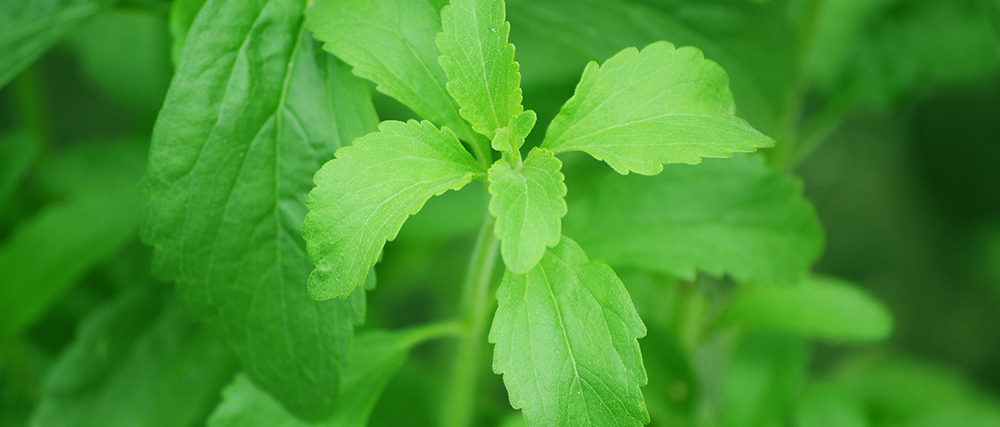
Natural alternatives, a source of innovation
Stevia
An natural alternative to aspartame, authorised in 2011 by the European Commission, stevia has rapidly conquered the sweetener market thanks to its plant origin being attractive to consumers.
Several obstacles remain concerning its use as a food manufacturing ingredient, most notably the pronounced "licorice" flavour of the Reb A extract - the stevia extract most frequently used. To get around this problem, several other extracts can be used, in particular Reb M and Reb D, whose flavour profile is closer to sugar. The only problem remains that the latter are available in very small quantities in the plant which makes their extraction more difficult and less profitable.
Other solutions are emerging. For example, hydroponic stevia production, with fermentation and glycosylation, can lead to better yields of Reb D and Reb M, but also bioconversion, fermentation, or genome sequencing. We have a blog article about this here (in French).
Sweet-taste proteins
Sweet-taste proteins are the focus of researchers from around the world. In Dijon, Loïc Briand, research director at CSGA, is in particular interested in Brazzeine, a protein from an African plant with a number of physical and chemical properties (pH resistant, temperature resistant etc.). Consumed for centuries in Africa, brazzeine appears well-suited to mass manufacturing. The main obstacle to industry-wide use that of supply - an obstacle that Loïc Briand and his team are attempting to lift by looking into new production techniques (bactiera, yeast etc.).
Other sweet-taste proteins exist: thaumatine, moneline… or indeed, miraculine, the "miracle berry" with the astonishing ability to transform sour taste into sweet, although many questions remain to be covered (we have another blog post on Miraculine here - in French).
[Aside] It is worth noting that today we have a lack of perspective on the long term health and environmental impact of sweeteners. The project Sweet, funded by the H2020 program, and in which Vitagora is a partner, aims to study the risks and benefits of the substitution of sugar by sweeteners, in the context of public health, food safety, obesity and sustainbility. You can find out more here.
Conclusion
While French consumers are ever more in search of a healthy and reduced sugar diets, that are not yet ready to renouce their sweet tooth. This situation, while at first glance paradoxical, can in fact lead to the identification of opportunities for renewing your range of sweet products in French markets, whether "table sugars" or manufactured products: ease of use, naturalness, social responsibility, or indeed using innovative ingredients.
Close up on Food Trends #22 - contents

In this edition, you can also read:




 Home
Home


